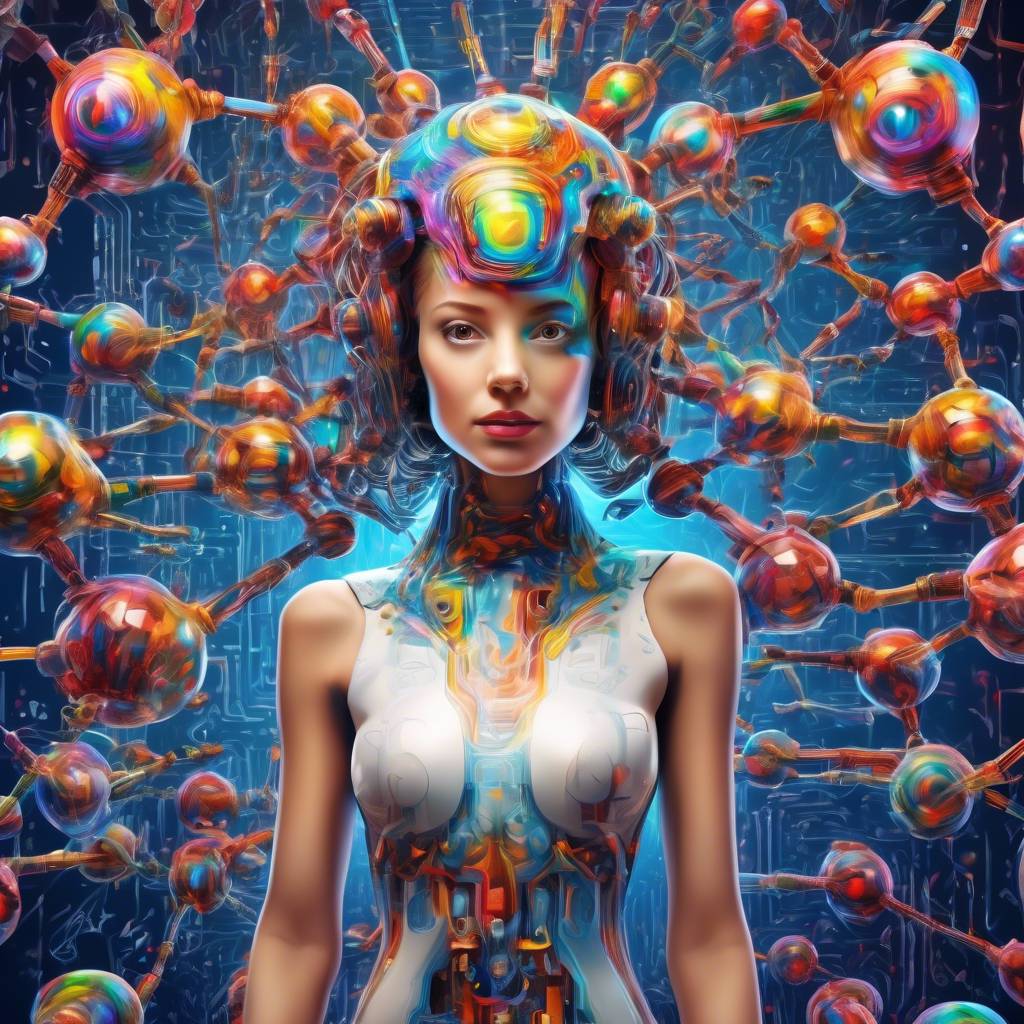Cathy Ross, the finance and tech expert behind Fraud.net’s AI-powered risk management platform, is at the forefront of the evolving landscape of generative AI art. With the recent release of innovative AI tools such as ChatGPT, DALL-E, Stable Diffusion, and Midjourney, questions have arisen regarding usage, ownership, and copyright issues. These tools provide opportunities for individuals, even non-artists, to create masterpieces by leveraging existing datasets and artwork found on the internet.
Generative AI systems like DALL-E operate similarly to the human brain, learning and creating based on analyzing and connecting various datasets. These systems can draw inspiration from renowned artists such as Rembrandt, Van Gogh, and Picasso, as well as from everyday individuals posting their own artwork on social media. The incorporation of generative AI has added complexity to the issue of copyright infringement and ownership in the art world, leading to legal battles and challenges around the world.
The current legal landscape for generative AI art is being fiercely contested in courtrooms globally, with lawsuits piling up against companies like Stability AI, Midjourney, and DeviantArt. Concerns over copyright infringement and ownership rights have been raised, particularly in cases where AI-generated artwork mimics the style of individual artists without permission or compensation. The ethical and legal implications of generative AI in various industries, especially advertising, marketing, and financial services, highlight the need for updated laws and regulations to address these challenges effectively.
Generative AI poses both opportunities and risks for various industries, including advertising and marketing firms, financial services, and fraud protection. While the technology has the potential to automate operations, reduce errors, and enhance risk management, concerns remain around privacy, security, and biases in training datasets. The integration of generative AI into business operations requires careful consideration of ethical, legal, and social implications to ensure fair and equitable practices.
The response from businesses to generative AI has been mixed, with some organizations banning the use of AI-generated art while others embrace the technology to innovate and create unique experiences for their customers. Companies like Getty Images have started offering services that allow customers to generate AI images based on their extensive archive of photographs while ensuring artists are appropriately compensated for their work. The balance between economic security, recognition, and proper attribution for creators and artists remains a key consideration as generative AI continues to shape the art and business landscapes.
As generative AI continues to evolve and influence various industries, programmers and tech corporations must prioritize ethical considerations and fair practices when developing and implementing AI technologies. The coexistence of humans and AI requires a thoughtful approach that values recognition, compensation, and ethical standards to ensure a harmonious relationship between traditional creative practices and emerging technological advancements in the digital age.









